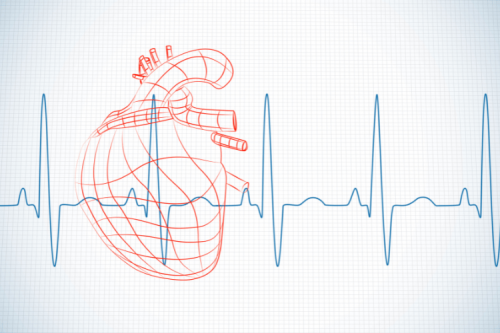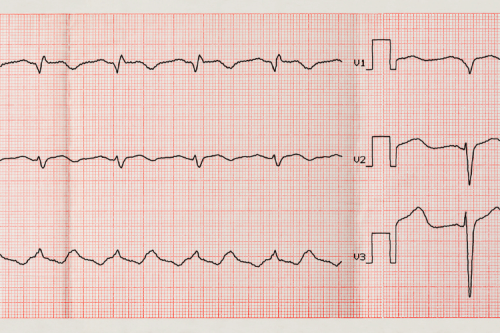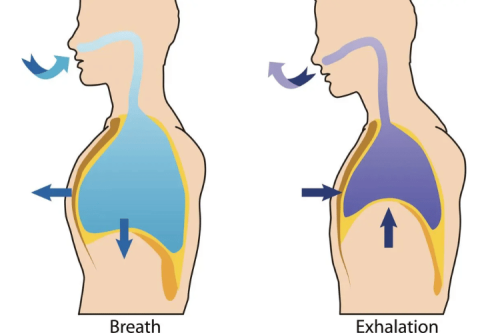
When an infant begins choking, every second counts. Knowing how to respond can mean the difference between life and tragedy, whether you’re a parent, caregiver, or someone present during a crisis. Infants have small, delicate airways, making them particularly vulnerable to choking, and standard intervention techniques for adults or older children aren’t appropriate for them. This comprehensive guide will equip you with the knowledge and skills to act swiftly and effectively.
Recognizing the Signs of Severe Airway Obstruction
The first step to helping a choking infant is recognizing when there’s a serious problem. Choking incidents in infants often happen due to food, small toys, or other foreign objects blocking their airways. Look for these common signs of severe airway obstruction:
- The inability to cry, cough, or make noise because the airway is completely blocked.
- Bluish or pale skin tone (cyanosis), especially around the lips and face, indicates a lack of oxygen.
- Visible struggle or panic while breathing, including gasping or wheezing.
- Weak or absent breathing movements, with the chest failing to rise and fall.
If the infant exhibits any of these signs, act immediately. However, if they’re coughing forcefully or crying, their airway might still be partially open. Encourage this behavior as it’s the body’s natural way of trying to clear the obstruction.
Objects and Situations That Frequently Cause Choking in Infants
To better prepare for emergencies, be aware of the most common choking hazards for infants:
- Food: Small, round items like grapes, hot dog pieces, or popcorn.
- Household items: Coins, buttons, batteries, or any small parts from toys.
- Liquids: Infants may choke on liquids if fed too quickly or positioned poorly during feeding.

Signs of Severe Airway Obstruction
Step-by-Step Guide to Helping a Choking Infant
When you confirm that an infant is choking and needs assistance, follow these steps carefully:
Step 1. Assess Responsiveness and Call for Help
- Quickly verify whether the infant is choking by checking its reaction and breathing. If it’s silent, turning blue, or its breathing movements are weak, it needs immediate intervention.
- If someone is nearby, have them call emergency services while you take action. If you’re alone, contact emergency services first, then begin the following steps.
Step 2. Perform 5 Back Blows
Back blows are one of the first techniques you’ll use to attempt to dislodge the obstruction safely.
- Carefully position the infant face-down along your forearm. Support their head and neck with your hand, ensuring the head stays below the level of the chest.
- Using the heel of your free hand, deliver five firm back blows between the infant’s shoulder blades. Use controlled force appropriate for an infant.
- Check to see if the obstruction is dislodged after each back blow. If not, continue with the next step.
Step 3. Perform 5 Chest Thrusts
If back blows don’t clear the airway, proceed to chest thrusts.
- Turn the infant over and place it face-up along your other forearm. Again, make sure the infant's head is lower than its chest.
- Place two fingers in the center of the infant’s chest, just below the nipple line. Avoid pressing on the lower ribs or the bottom tip of the breastbone.
- Deliver five chest thrusts, pressing down about 1.5 inches with each thrust.
- Alternate between sets of five back blows and five chest thrusts until the obstruction is cleared or the infant becomes unresponsive.
Note: Between each set of actions, check to see if the object has been dislodged. Never perform these techniques if the infant isn’t choking.
What to Do If the Infant Becomes Unresponsive?
If the obstruction isn’t cleared and the infant loses consciousness, it’s critical to begin CPR immediately.
Infant CPR Instructions
-
Position the Infant on Their Back Lay the infant on a flat, firm surface, such as a table or the floor. Tilt their head back slightly while lifting the chin to open the airway.
-
Perform Chest Compressions
- Use two fingers to press down on the center of the chest, just below the nipple line.
- Compress to a depth of about 1.5 inches, maintaining a steady rhythm of 100–120 compressions per minute.
- Allow the chest to rise between compressions fully.
-
Deliver Rescue Breaths
- After completing 30 compressions, open the airway by tilting the head and lifting the chin.
- Seal your mouth over the infant’s nose and mouth, then blow gently to deliver a rescue breath. Watch closely for the chest to rise. If it doesn’t, reposition the head and try again.
- Give two rescue breaths, then return to chest compressions.
-
Continue Until Help Arrives Repeat 30 chest compressions followed by 2 rescue breaths until emergency professionals take over or the infant regains responsiveness.
Important: Avoid sweeping your finger inside the infant’s mouth unless the object is clearly visible and easily reachable. Blind sweeps can push the object deeper into the airway.

If the Infant Becomes Unresponsive
Preventing Choking Incidents in Infants
Preventing choking is always better than responding to it. Here are some preventive steps:
- Supervise feeding: Never leave infants unsupervised when eating, and ensure food is adequately cut into small, manageable pieces.
- Age-appropriate toys: Only provide toys labeled as safe for infants under 12 months and free of small, loose parts.
- Avoid high-risk foods: Until the child is older, avoid foods like whole grapes, raw carrots, nuts, or candies.
- Safe environment: Keep small items like coins, batteries, and buttons out of reach.
Frequently Asked Questions (FAQ)
Q: What action do you perform if you have determined that the infant is choking?
A: If you have determined that the infant is choking, you should perform sets of 5 back slaps followed by 5 chest thrusts until the obstruction is relieved.
Q: How do you relieve choking in an unresponsive infant?
A: To relieve choking in an unresponsive infant, you should first call for medical help, then perform infant CPR, which includes sets of 5 back slaps and 5 chest thrusts. If the airway obstruction is not cleared, continue until help arrives.
Q: What should you do if a conscious infant suddenly begins to cough?
A: If a conscious infant suddenly begins to cough, encourage them to continue coughing as this may help to dislodge the obstructing object. Monitor their condition and be ready to act if they show signs of distress.
Q: When should you attempt a blind finger sweep?
A: You should attempt a blind finger sweep only when you can see the obstructing object in the mouth of the infant. This action should be performed before you give breaths during infant CPR.
Q: How do you hold the infant while performing back slaps and chest thrusts?
A: To hold the infant, place it face down on your forearm, supporting its head and neck. Ensure its head is lower than its chest to maximize the effectiveness of the back slaps.
Q: What should you do after giving sets of 5 back slaps?
A: After giving sets of 5 back slaps, you should turn the infant over and give 5 chest thrusts to attempt further to relieve the choking and dislodge the obstructing object.
Q: How can you tell if the infant is experiencing airway obstruction?
A: Signs of airway obstruction in an infant include difficulty breathing, inability to cry or cough forcefully, and a blue or pale face. If you notice these signs, it is crucial to act quickly.
Q: What is the importance of shouting for help when dealing with an infant who is choking?
A: Shouting for help when dealing with an infant who is choking is essential because it alerts nearby individuals to the emergency, allowing them to assist or call for medical help while you perform life-saving actions.
Q: What should you do if the infant becomes unresponsive while choking?
A: If the infant becomes unresponsive while choking, immediately call for emergency medical assistance and begin performing infant CPR, which includes 30 chest compressions followed by 2 rescue breaths, and continue until trained help arrives.
The Bottom Line
Choking incidents in infants are terrifying but manageable when you’re equipped with the proper techniques and knowledge. You can provide life-saving care in a crisis by following the steps of back blows, chest thrusts, and infant CPR. Prevention is equally essential, so keep small objects and hazardous foods out of an infant’s reach.
Preparation is key. Enroll in a certified pediatric first aid course, and always have a plan in place. Remember, your ability to act could save a life.








 Login with Google
Login with Google Login with Facebook
Login with Facebook